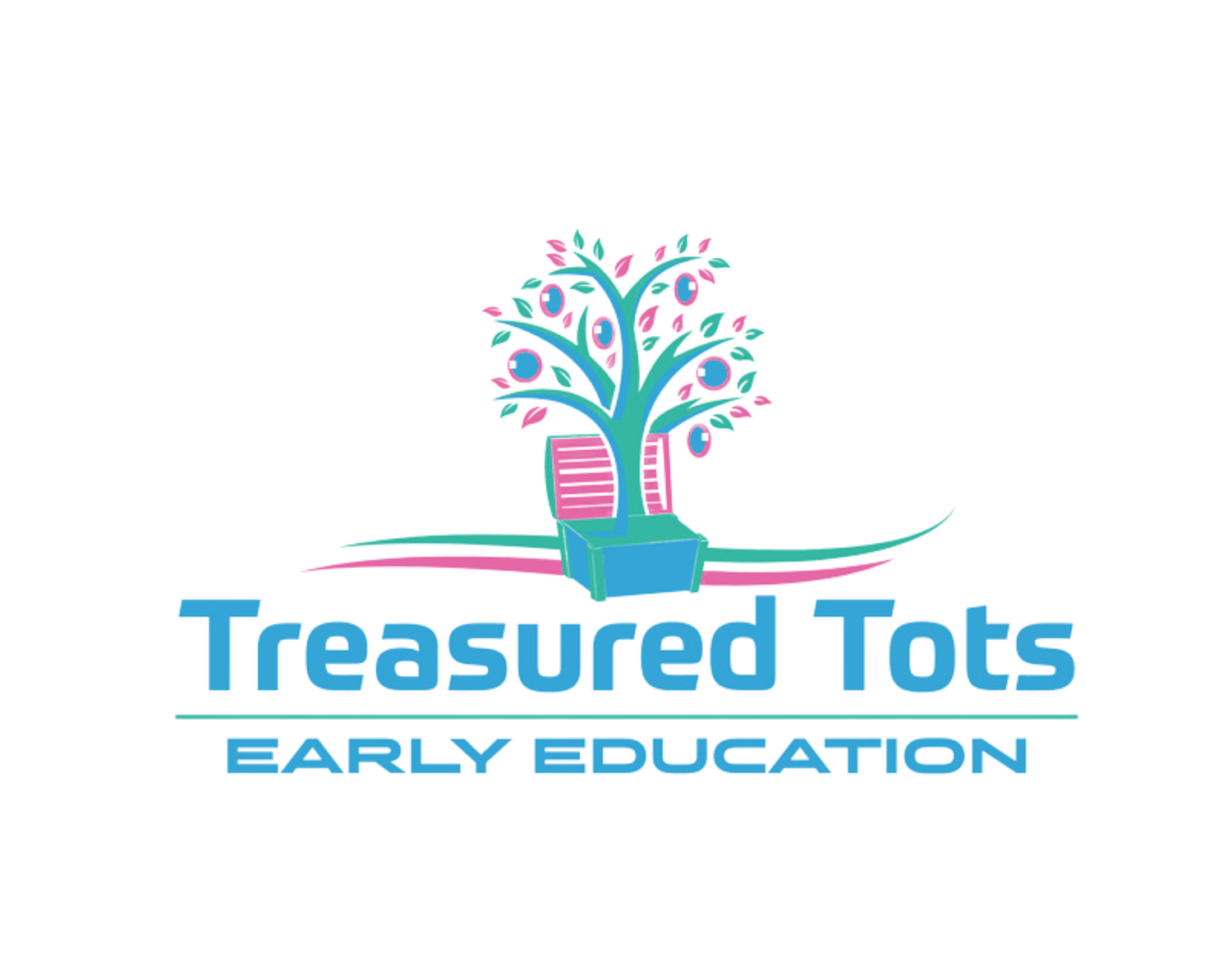Reggio Emilia – How It Aids Reading And Literacy
The exponential rise of digital communications and the demise of the printed (and handwritten) word are well-documented, but the fact is that people still need to learn to read. And the earlier they start, the better.
It’s also well-documented that instilling a love of reading from an early age can establish the vital foundation for a child to develop logic and problem-solving skills – plus it can boost a child’s self-confidence and boost their social and emotional skills. And that’s where a progressive educational approach like Reggio Emilia can play a crucial role.
What is the Reggio Emilia approach?
Reggio Emilia isn’t a method of teaching like Montessori. Rather, it is an approach to education which acknowledges that every child is uniquely creative, curious and competent and who is capable of self-directing their own experiential learning. (This article on the differences between Reggio Emilia and Montessori gives some more insights on this topic).
Reggio Emilia has its roots in post-war rural Italy and is a nurturing, inclusive approach which has been widely acclaimed around the world for instilling a lifelong love of learning in children. It is not focused on academic excellence, but rather on encouraging all-round development and for each child to reach their potential.
As it is an approach rather than a method of teaching with a prescribed curriculum, no two Reggio Emilia schools are the same and no two educators will be following the same daily programme. Every day brings something new.
Many people are surprised to discover that the Reggio Emilia approach doesn’t provide focused instruction in things like reading, writing, counting etc. Instead, educators who are inspired by this innovative approach encourage children to pursue topics that interest them. The proven premise of this project-driven approach is that when a child is motivated, inspired and fully supported in their enquiries and exploration, multi-layered learning will follow.
Each child learns at their own pace and they learn in their own way, using a myriad ways to express themselves, play, communicate and build an understanding of the world around them. These methods and activities are referred to in Reggio Emilia as the ‘100 Languages of Children’.
Reading and literacy. How does Reggio Emilia help with these?
You often hear about the three important ‘Rs’ in a child’s learning (reading, writing and arithmetic), but perhaps it’s time to add a fourth ‘R’ for Reggio?
One of the key ways that Reggio supports and encourages children to explore sounds, shapes and language and to start developing a strong foundation for reading and literacy is by providing a carefully curated and multisensory environment which is ‘rich with learning’.
What we mean by this is that the environment (which the Reggio Approach believes is the child’s ‘third teacher’ in addition to parents and educators) is enriched with a variety of inspiring and engaging materials and resources.
For example, a classroom at a Reggio inspired childcare centre or school will include materials that the child can draw and create with (paper, crayons, paints), books, posters, chalkboards, rubber stamps, stencils etc. Items around the room will be labelled and a variety of quality wooden toys and items from the natural world (honky nuts, pebbles, dried leaves, bark etc) will be available for children to experiment with.
Collaborative approach leads to strong skills development
When children use all their senses to explore and discover things, they develop on a cognitive, physical, social and emotional level. Reggio educators collaborate with the wider community (parents, extended family etc) as they all guide, support and encourage the child on their self-directed learning journey without judgement or expectation. When a child feels supported, respected and seen, it can lead to a stronger sense of self-belief and desire to learn.
In fact, relationships are at the heart of the Reggio Emilia approach and instilling a lifelong love of learning is the ultimate reward for both child and educator.
A final word on Reggio and reading
And so while it may not appear that a child in a Reggio Emilia inspired environment is being overtly ‘taught’ the basics of reading and literacy, the essential building blocks are most definitely being put in place. This article on why reading is crucial in early childhood gives further background to literacy and Reggio Emilia.
If you are investigating early learning centres in Perth, we warmly invite you to get in touch with Treasured Tots and book a tour to experience our ‘learning-rich’ environment and see for yourself how our classrooms and curricula are inspired by Reggio Emilia. We have seven childcare centres in Mandurah, Bibra Lake, Fremantle, Piara Waters, Hamersley, Bennett Springs and Bicton which provide high-quality childcare and kindergarten programmes for children between the ages of 0 and 5 and we’d love to show you around one of our ‘homes away from home’.

